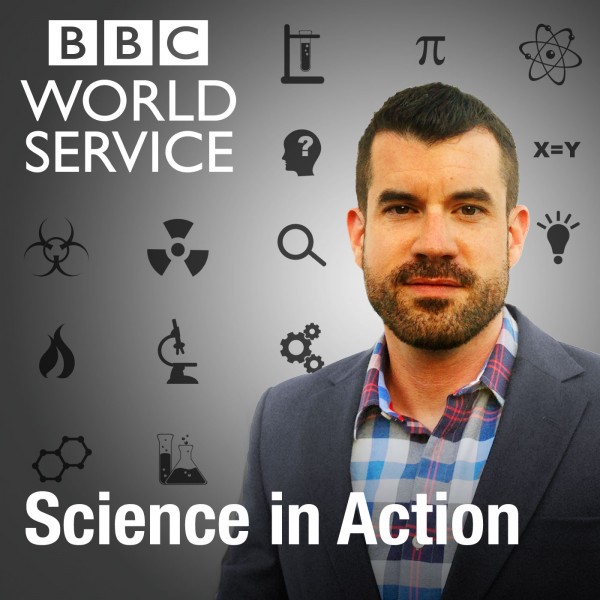
New ways to study coronaviruses
--:--
Many coronaviruses exist in nature that we don’t know much about. We don’t even know how and whether most of them might bind to human cells. Research published in Nature, by scientists at Wuhan and Washington Universities, describes a new way of designing novel receptor sites on cell cultures so that many types of coronavirus may now be cultured and studied to ascertain their risk to humans. Cambridge virologist Ravindra Gupta, who is not one of the authors, gives Science in Action his take on the risks versus the reward.Dotted around the remains of Pompeii, visitors are often struck by the plaster casts of some of the victims’ dying moments. During recent restoration of several of these casts, scientists were able to extract DNA samples from bones which had previously been enveloped by plaster since their initial discovery. As Alissa Mittnik of the Max Plank Institute describes, some of the findings confound our previous narratives about their lives, relationships, and even their genders.Rozenn Pineau, a plant evolutionary geneticist at the University of Chicago in Illinois, has been investigating the unique evolutionary history of the world's oldest (and biggest) tree - "Pando".And finally, the oldest known tadpole is described from a 160 million year old Argentinian fossil by biologist Mariana Chuliver.Presented by Roland Pease
Produced by Alex Mansfield, with Eliane Glaser
Production Coordination by Jana Bennett-Holesworth (Image: Illustration of Covid-19 coronavirus binding to human cell. Credit: Kateryna Kon via Getty Images)
Produced by Alex Mansfield, with Eliane Glaser
Production Coordination by Jana Bennett-Holesworth (Image: Illustration of Covid-19 coronavirus binding to human cell. Credit: Kateryna Kon via Getty Images)